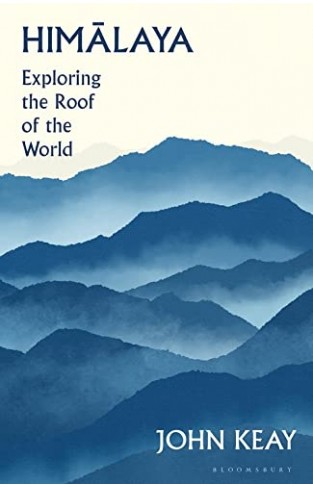|
un libro per sognare |
||
|
23/11/2024 15:15:31 |
||
|
Indietro
- torna all'elenco |
||
|
Himalaya Exploring the Roof of the World Keay John 
| ||||||||
|
Editeur - Casa editrice |
Bloomsbury Circus | |||||||
|
Anno - Date de Parution |
2022 | |||||||
|
Pagine - Pages |
432 | |||||||
|
Titolo originale |
Himalaya: Exploring the Roof of the World | |||||||
|
Lingua - language - langue |
Eng | |||||||
|
|
||||||||
|
|
|
|
| |
|
|
|
|
|
“History has not been kind to Himalaya” – so begins the British historian John Keay in Himalaya: Exploring the Roof of the World. “Those acquainted with our spherical planet’s most spectacular protuberance have been tempted to appropriate it.” That is certainly so. The Himalaya has come to mean different things for each of the many civilisations that have come into contact with this formidable range. To Hindus, it is the home of gods; to Buddhists, its hidden beyuls promise shelter and salvation in times of need.
Recensione in altra lingua (English): |
| 'John Keay is the master storyteller and historian. This grand narrative of Himalaya is as epic as the mountains and peoples he describes' Dan Snow |
| Biografia | ||||||||
|
Nato nel 1941 nel Devon, in Inghilterra, John Keay ha studiato all'Ampleforth College di York e al Magdalen College di Oxford, dove è stato demy (studioso) di Storia moderna. I suoi tutor includevano lo storico AJP Taylor e il drammaturgo Alan Bennet. Ha visitato l'India per la prima volta nel 1965 e da allora è tornato lì circa ogni due anni. Dopo un breve periodo come corrispondente politico (The Economist), ha collaborato alla revisione dell'ultima edizione del Manuale di John Murray per India, Pakistan, Nepal, Bangladesh e Sri Lanka (1975) e ha scritto Into India, il suo primo libro. | ||||||||
| Consulta anche: John Keay - Official Web Site | ||||||||
| ||||||||

 Himalaya
Himalaya